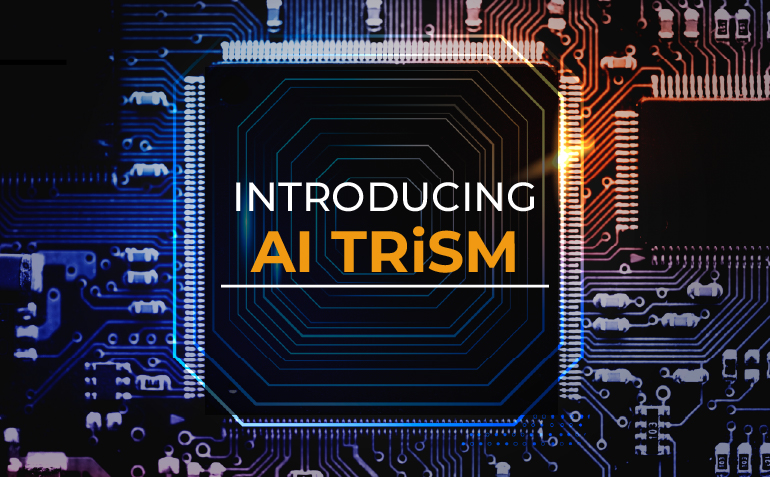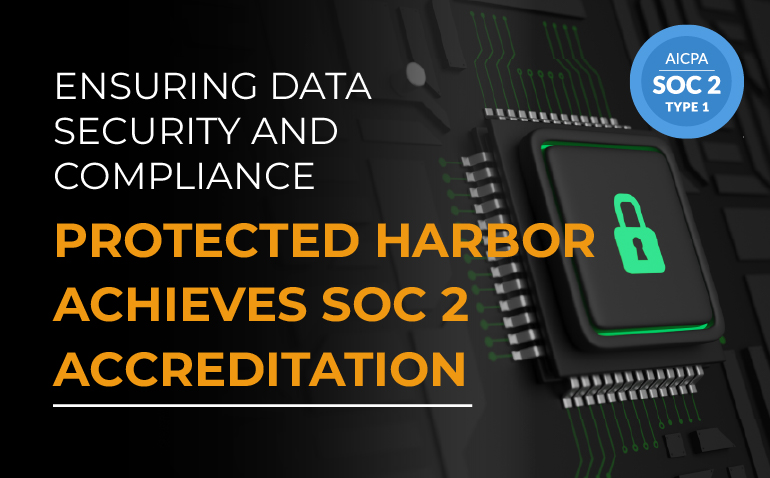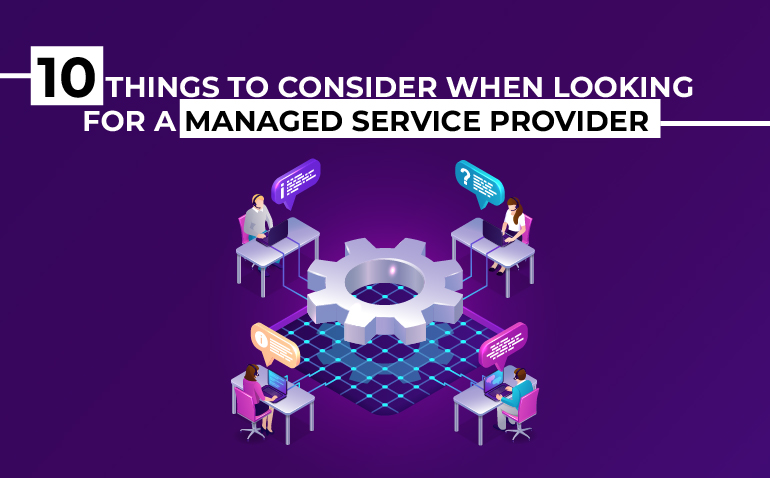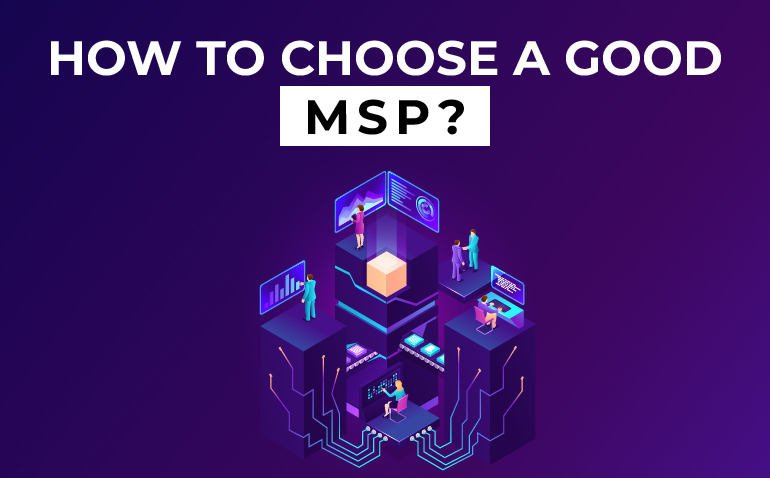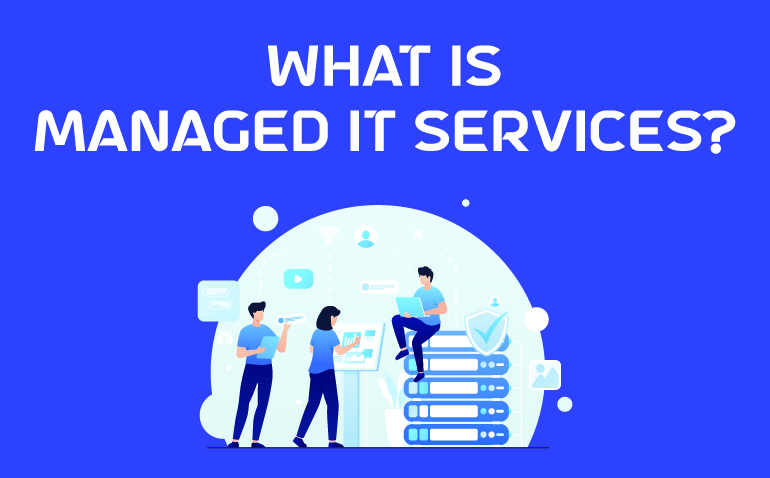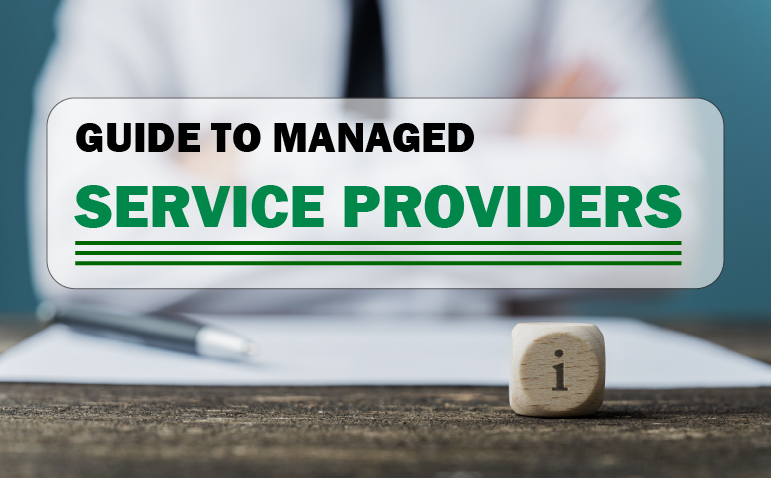In the rapidly evolving field of artificial intelligence (AI), the integration of AI technologies across various domains demands a dedicated focus on trust, risk, and security management. The concept of AI Trust, Risk, and Security Management (AI TRiSM) highlights the necessity of ensuring responsible and secure AI deployment.
This blog delves into the multifaceted realm of AI TRiSM, exploring the complexities of building trust in AI systems, mitigating associated risks, and protecting against security threats. By examining real-world examples, case studies, and industry best practices, we aim to provide insights into strategies organizations can adopt to balance harnessing AI’s benefits with mitigating its inherent risks.
As we explore future trends and challenges in AI TRiSM, the blog seeks to equip readers with the knowledge necessary for the ethical, secure, and trustworthy implementation of AI technologies in our interconnected world.
AI Trust Management
In artificial intelligence (AI), trust is a foundational element essential for widespread acceptance and ethical deployment. AI Trust Management (AI TM) focuses on building confidence in AI systems through transparency, accountability, and fairness. Making AI algorithms transparent helps ensure their operations are understandable, reducing the “black box” perception. Accountability involves the responsibility of developers and organizations to ensure the ethical use of AI.
Addressing biases and promoting fairness in AI outcomes are critical aspects of trust management. Real-world case studies of successful AI trust management implementations provide valuable insights into building trust in AI systems. By emphasizing transparency, accountability, and fairness, AI Trust Management seeks to foster confidence in AI technologies, promoting responsible and ethical deployment across diverse applications.
AI Risk Management
Organizations need to proactively identify, assess, and manage a range of risks that are introduced by the integration of artificial intelligence (AI). AI Risk Management is a thorough process for managing possible obstacles related to the application of AI. A critical initial step is identifying risks, which include operational weaknesses, legal and regulatory non-compliance, and data privacy breaches. Implementing backup plans, conducting ongoing monitoring, and doing thorough testing are some methods for identifying and reducing these risks.
Examples from real-world situations highlight the negative effects of insufficient AI risk management and highlight the necessity for enterprises to maintain vigilance in the face of changing risks. Organizations may cultivate resilience and guarantee the responsible and secure integration of AI technologies into their operations by putting strict risk management practices into place.
AI Security Management
It is impossible to overestimate the significance of sound AI Security Management as AI continues to enter many industries. Adversarial assaults, weaknesses in AI models, and cybersecurity risks are just a few of the issues that AI Security Management tackles. Given that these dangers are ever-changing, security solutions include access limits, authentication procedures, encryption to protect sensitive data, and a secure AI development lifecycle.
Organizations may strengthen their defenses and guarantee the confidentiality, integrity, and availability of AI systems against emerging risks by putting best practices in AI security into practice. The ethical and secure development of AI technology across industries is based on AI Security Management.
Integrating AI TRiSM into Business Strategies
Organizations hoping to capitalize on artificial intelligence (AI) while reducing related risks must successfully integrate AI Trust, Risk, and Security Management (AI TRiSM) into business plans. The critical role that AI TRiSM plays in boosting overall business resilience is examined in this section.
Trust, risk, and security issues are integrated from the beginning phases of AI project planning to deployment and continuous monitoring when AI TRiSM is aligned with the full AI development lifecycle. Organizations can foster a culture of ethical AI development by incorporating these ideas into their business plans.
Furthermore, it is critical to understand how AI TRiSM is related to larger business risk management procedures. Because of this connection, businesses can evaluate and manage AI-related risks comprehensively, incorporating them into the larger risk mitigation framework.
The strategic implementation of AI TRiSM necessitates cooperation between data scientists, cybersecurity specialists, legal teams, and corporate executives across a range of organizational activities. The formation of multidisciplinary teams guarantees a thorough comprehension of possible hazards and efficient execution of methods to mitigate them.
Organizations should also view AI TRiSM as a crucial part of their corporate governance, ethical frameworks, and compliance programs. This establishes the firm as a responsible AI innovator and fosters confidence among stakeholders.
Future Trends and Challenges in AI TRiSM
As the landscape of artificial intelligence (AI) continues to evolve, the field of AI Trust, Risk, and Security Management (AI TRiSM) faces emerging trends and challenges that shape its trajectory. This section explores what lies ahead in the dynamic world of AI TRiSM.
Emerging Trends:
- Explainability and Interpretability Advances: Future AI systems are likely to see advancements in explainability and interpretability, addressing the need for transparent decision-making. Improved methods for understanding and interpreting AI models will contribute to building trust.
- Ethical AI Certification: The development of standardized frameworks for certifying the ethical use of AI systems is expected to gain traction. Certification programs may help establish a benchmark for responsible AI practices and enhance trust among users.
- AI-powered Security Solutions: With the increasing sophistication of cyber threats, AI-driven security solutions will become more prevalent. AI algorithms will play a pivotal role in detecting and mitigating evolving security risks, offering a proactive approach to safeguarding AI systems.
- Global Regulatory Frameworks: Anticipated developments in global regulatory frameworks for AI will likely impact AI TRiSM. Harmonizing standards and regulations across regions will be crucial for organizations operating in the global AI landscape.
Challenges:
- Adversarial AI Threats: As AI systems become more prevalent, adversaries may develop sophisticated techniques to manipulate or deceive AI algorithms. Safeguarding against adversarial attacks poses a persistent challenge for AI TRiSM.
- Data Privacy Concerns: The increasing scrutiny of data privacy and protection will continue to be a significant challenge. Ensuring that AI applications adhere to evolving data privacy regulations poses a constant hurdle for organizations.
- Bias Mitigation Complexity: Despite efforts to mitigate bias in AI systems, achieving complete fairness remains challenging. As AI models become more complex, addressing and eliminating biases in various contexts will require ongoing research and innovation.
- Dynamic Regulatory Landscape: Rapid advancements in AI technologies may outpace the development of regulatory frameworks, creating uncertainties. Adapting AI TRiSM practices to dynamic and evolving regulations will be a continual challenge for organizations.
Conclusion
AI Trust, Risk, and Security Management (AI TRiSM) emerge as critical pillars for organizations embracing new-age technologies like AI. At the forefront of innovation, Protected Harbor recognizes the foundational importance of fostering trust, managing risks, and securing AI systems. The principles of transparency, accountability, and fairness underscore a commitment to responsible AI deployment. As we navigate future trends and challenges, the imperative is clear: staying informed, adaptive, and committed to ethical AI practices is key for organizations aiming to thrive in the dynamic world of AI.
Explore how Protected Harbor can empower your business in the era of AI by implementing cutting-edge strategies – a journey towards responsible and innovative AI adoption. Contact us today!

